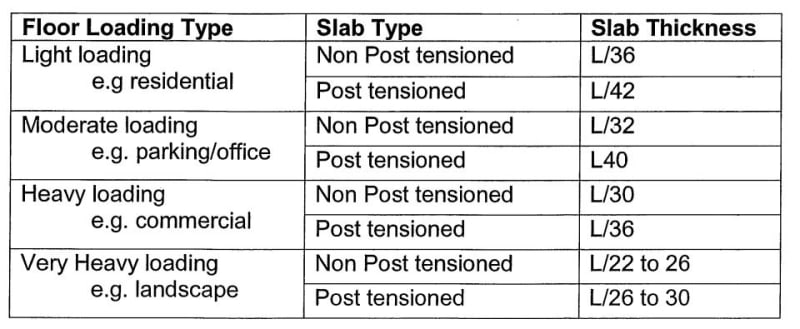dis_
Structural
- Nov 19, 2020
- 17
I have this 4m cantilever flat slab that has 35mm long term deflection using normal non-PT RC slab analysis. I just wanna know if there is any way that I can estimate the deflection of a PT one based on the normal RC model that I have built? (doesn't need to be accurate, just wanna know how much deflection roughly PT can save). I am not familiar with PT slab and it will be designed by others. Right now I just wanna estimate the thickness without establishing a detailed model with tendons in so I can keep going with my structure. Thank you.

